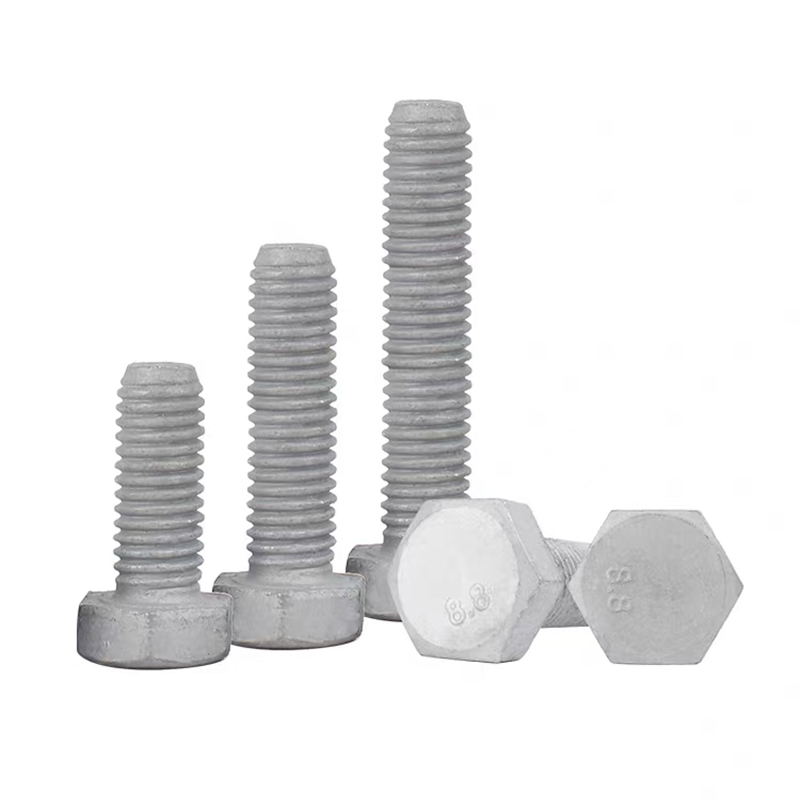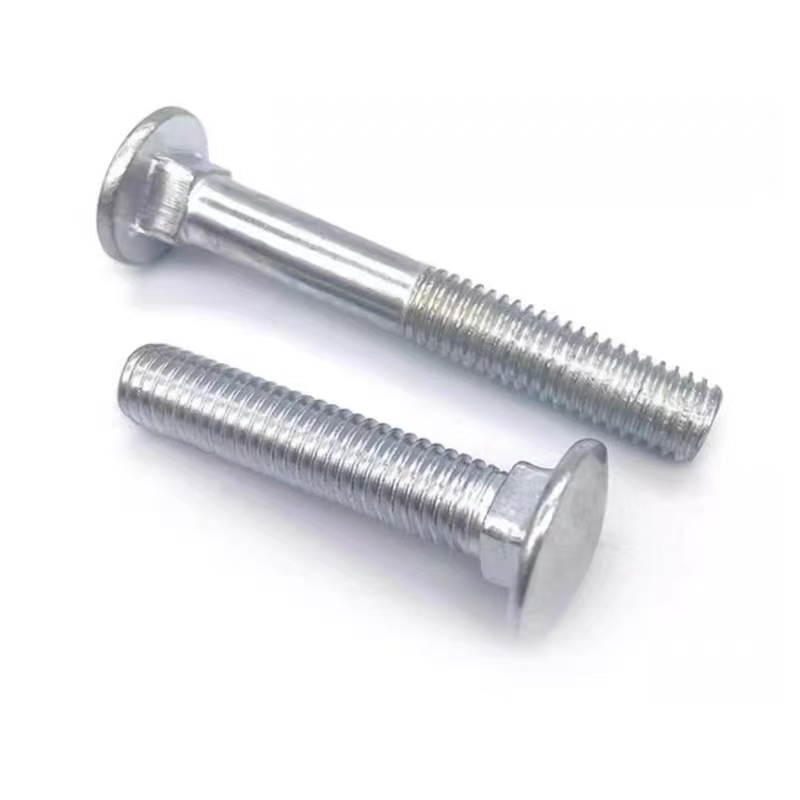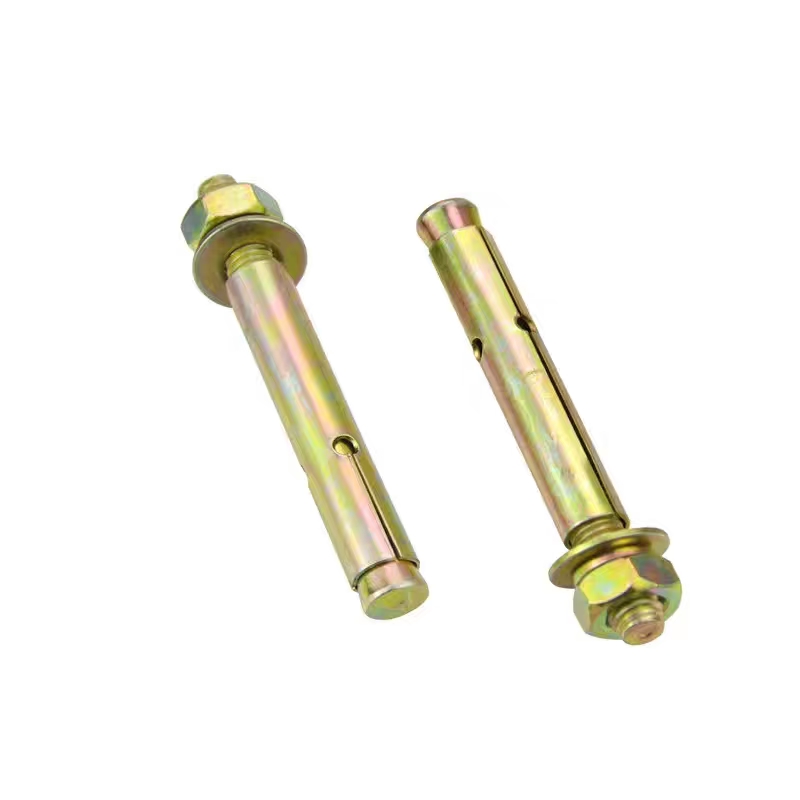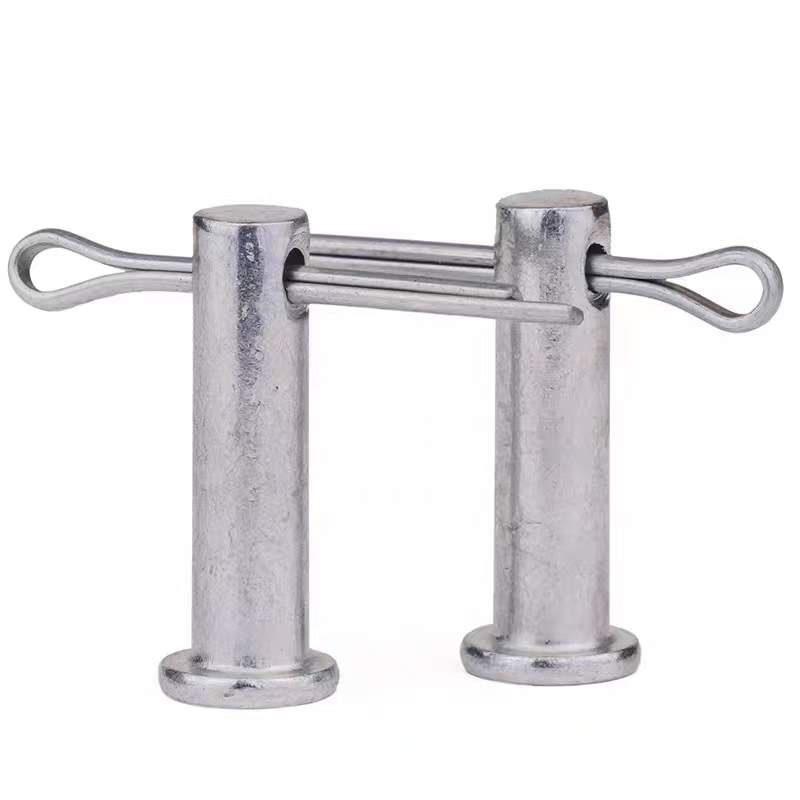- Chinese
- French
- German
- Portuguese
- Spanish
- Russian
- Japanese
- Korean
- Arabic
- Irish
- Greek
- Turkish
- Italian
- Danish
- Romanian
- Indonesian
- Czech
- Afrikaans
- Swedish
- Polish
- Basque
- Catalan
- Esperanto
- Hindi
- Lao
- Albanian
- Amharic
- Armenian
- Azerbaijani
- Belarusian
- Bengali
- Bosnian
- Bulgarian
- Cebuano
- Chichewa
- Corsican
- Croatian
- Dutch
- Estonian
- Filipino
- Finnish
- Frisian
- Galician
- Georgian
- Gujarati
- Haitian
- Hausa
- Hawaiian
- Hebrew
- Hmong
- Hungarian
- Icelandic
- Igbo
- Javanese
- Kannada
- Kazakh
- Khmer
- Kurdish
- Kyrgyz
- Latin
- Latvian
- Lithuanian
- Luxembou..
- Macedonian
- Malagasy
- Malay
- Malayalam
- Maltese
- Maori
- Marathi
- Mongolian
- Burmese
- Nepali
- Norwegian
- Pashto
- Persian
- Punjabi
- Serbian
- Sesotho
- Sinhala
- Slovak
- Slovenian
- Somali
- Samoan
- Scots Gaelic
- Shona
- Sindhi
- Sundanese
- Swahili
- Tajik
- Tamil
- Telugu
- Thai
- Ukrainian
- Urdu
- Uzbek
- Vietnamese
- Welsh
- Xhosa
- Yiddish
- Yoruba
- Zulu
- Kinyarwanda
- Tatar
- Oriya
- Turkmen
- Uyghur

ptfe gasket
Understanding PTFE Gaskets: Insights from the Field
In the world of industrial applications, PTFE gaskets are often misunderstood yet immensely vital components. Whether you're dealing with chemical processing or high-temperature environments, knowing the ins and outs of these gaskets can make all the difference. Let’s delve deeper into this topic and clear up some common misconceptions.
The Basics of PTFE Gaskets
PTFE (Polytetrafluoroethylene) is a synthetic fluoropolymer of tetrafluoroethylene. Known for its exceptional chemical resistance and high-temperature tolerance, PTFE gaskets serve a pivotal role in various industries. But there's a tendency to underestimate their versatility and effectiveness, especially when faced with challenging applications.
From my experience, a common error is assuming all gaskets are interchangeable. PTFE, with its non-reactive nature, stands out by withstanding harsher chemicals than most materials. It acts as the ideal sealant in environments where other materials falter. Think of it as holding your chemical processes together without batting an eye.
However, it’s not always straightforward. The allure of PTFE sometimes leads to its misapplication, where it's used in places it doesn't truly belong. Misunderstandings about its creep characteristics can lead to sealing failures if not properly supported. Selecting the right thickness and backing components is often as crucial as picking PTFE itself.
Field Issues and Considerations
Working at Handan Zitai Fastener Manufacturing Co., Ltd., where we focus on precision and quality, you quickly learn the importance of nuances in gasket applications. Our location in Hebei's Yongnian District, a hub for standard part production, offers a unique vantage point into the challenges industries face daily.
A recent project involved a client operating near the Beijing-Guangzhou Railway, dealing with varying thermal expansions. Their previous gaskets simply couldn’t handle the shifts, leading to chronic seal breaches. With PTFE gaskets, matched to the specific thermal conditions, we managed to mitigate these issues effectively. It's not just about the material but the right application of it.
However, PTFE's versatility doesn’t mean invincibility. Over-relying on it can blind you to necessary customizations, such as reinforcement options or specialized fillers that enhance performance in specific settings. That’s where hands-on experience comes in, adapting standard products to unique needs.
Specialized Applications
In sectors like pharmaceutical manufacturing, where purity and inertness are non-negotiable, PTFE shines. Its non-contaminating properties can prove indispensable, but only if correctly integrated into the machinery. A mistake here could mean contamination, which has severe repercussions.
Take a scenario where sudden unexplained leaks hampered a pharmaceutical line, initially suspecting foreign contamination. Upon inspection, the issue traced back to wear and tear on inferior gasket substitutes. Reverting to PTFE resolved this, underscoring the value of sticking to tested materials.
Beyond standard use, it’s often the case that PTFE needs modification to reduce its natural slipperiness or enhance its mechanical strength. Adding glass or carbon fiber improves its dimensional stability and durability, crucial for extended service life in dynamic settings.
Installation Myths and Real-world Insights
A surprising number of issues circle back to poor installation rather than the quality of the gasket itself. Over-torquing or incorrect seat alignment can cause irreversible damage. Having worked with numerous installations myself, patience and precision in seating PTFE gaskets show clear dividends in seal longevity and reliability.
During one facility assessment near the National Highway 107, misalignment caused repeated failures, bleeding resources and patience. Timely intervention and alignment correction turned what seemed like an unending problem into a stable and reliable system.
Remember, embracing new technology or exotic material doesn’t always result in better performance. Installers must be well-versed in product specifics—learning by doing often serves better than textbooks in this aspect.
The Market and Future Trends
Looking forward, Handan Zitai Fastener Manufacturing Co., Ltd. is keen on pioneering advancements in gasket technology. Our strategic location allows rapid adaptation and distribution, leveraging proximity to growth corridors like the Beijing-Shenzhen Expressway.
Innovation is expected not just from material science but also from manufacturers' ability to anticipate industry requirements. Emerging trends in automation and increasingly corrosive environments demand PTFE evolutions. Developing smarter, multifunctional gaskets could be the next frontier.
Realizing this potential involves close collaboration between manufacturers and users, creating feedback loops that inspire genuine evolution. Quality partnerships prove essential, ensuring solutions that truly resolve client-specific challenges in an ever-changing industrial landscape.
Related products
Related products
Best selling products
Best selling products-
 Colored zinc-plated nuts
Colored zinc-plated nuts -
 Stud bolts
Stud bolts -
 U-bolts
U-bolts -
 Black zinc plated countersunk cross bolts
Black zinc plated countersunk cross bolts -
 Black zinc plated hinge bolts
Black zinc plated hinge bolts -
 Electrogalvanized nuts
Electrogalvanized nuts -
 Hot-dip galvanized hexagonal bolts
Hot-dip galvanized hexagonal bolts -
 Black zinc plated hexagonal bolts
Black zinc plated hexagonal bolts -
 Colored zinc-plated cross countersunk drill thread
Colored zinc-plated cross countersunk drill thread -
 Electroplated galvanized gaskets
Electroplated galvanized gaskets -
 Colored galvanized hexagonal drill tail wire
Colored galvanized hexagonal drill tail wire -
 Carriage bolt (half-round head square neck bolt)
Carriage bolt (half-round head square neck bolt)












